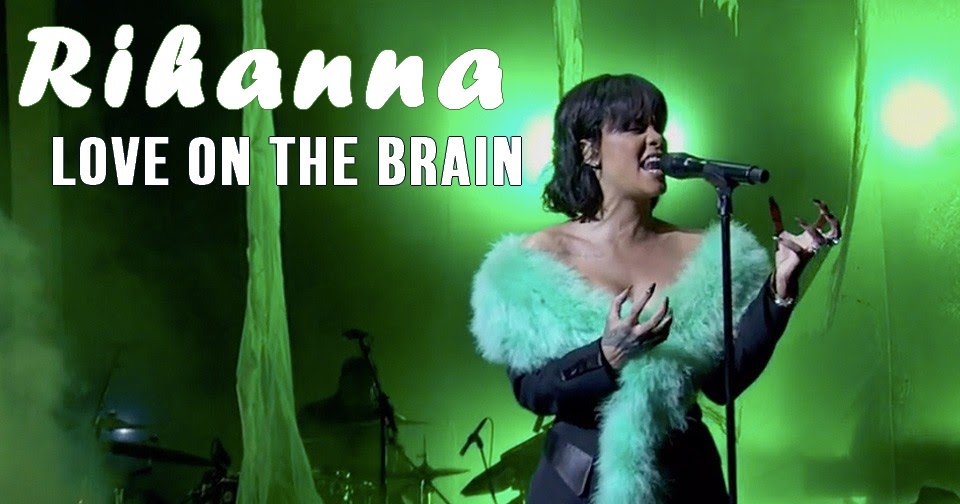

So, I usually have people that are in love and I show a picture of their beloved and their friend and maybe a stranger. Langeslag explains: “I have used ERPs mostly to study attention. However, ERPs are very time-specific, giving signals on a millisecond timescale. These patterns can be linked to different cognitive processes, but we cannot map them onto the brain in the same way. This measure the changes in brain activity in response to different stimuli. This creates an image of the brain, revealing regions which are most active in different circumstances. Many researchers use one of two brain-scanning techniques. Has a fast-moving romantic relationship left you thinking “What is going on in my head?” Here’s how scientists are seeking to answer this very question. How did the heart become synonymous with love?Ī picture of love: imaging romance in the brain.Even those without a partner physically present, but who were drawing upon mental representations of their partners, showed fewer signs of stress. In 2019, researchers found that of 102 people, those with a romantic partner present appeared to experience less stress or pain when submerging their hand in ice-cold water than participants without a partner present in the study. Interestingly, such bonds may even make hardship more tolerable. They differ certainly but both involve this sharing of risk with each other,” says Professor Steven Phelps, a behavioural neurobiologist studying how genes impact our brain and behaviour. Sexual bonds are one sort and friendship bonds are another. “Biologically, loving bonds are a cognitive strategy for sharing risk.

Unfortunately, she doubts that this intense focus on a loved one is unlikely to improve your ability to focus in general. And the average was 65 per cent of the time, with the highest being around 90 per cent,” said Langeslag. “In one of my studies, we asked people how often they think of their beloved when they are awake. Distractions of love are something that Dr Sandra Langeslag, a behavioural neuroscientist at the University of Missouri, is currently investigating.


 0 kommentar(er)
0 kommentar(er)
